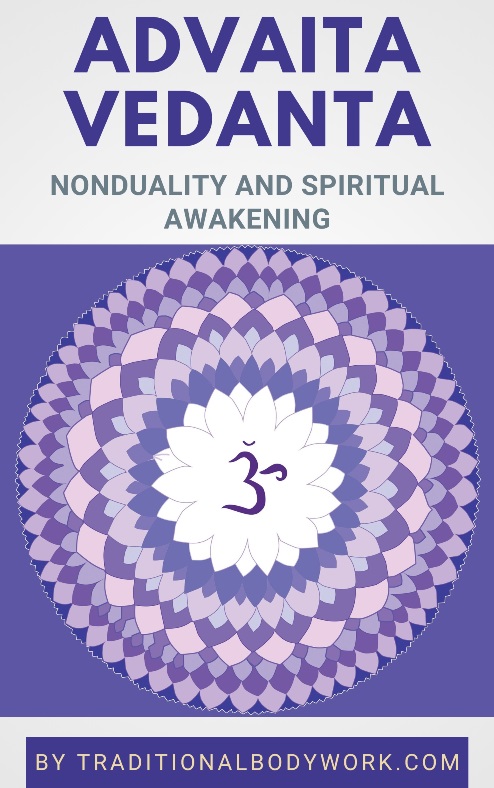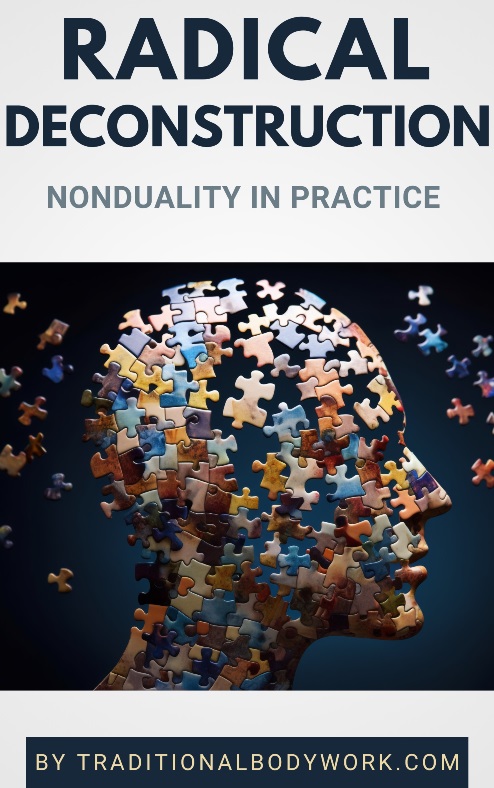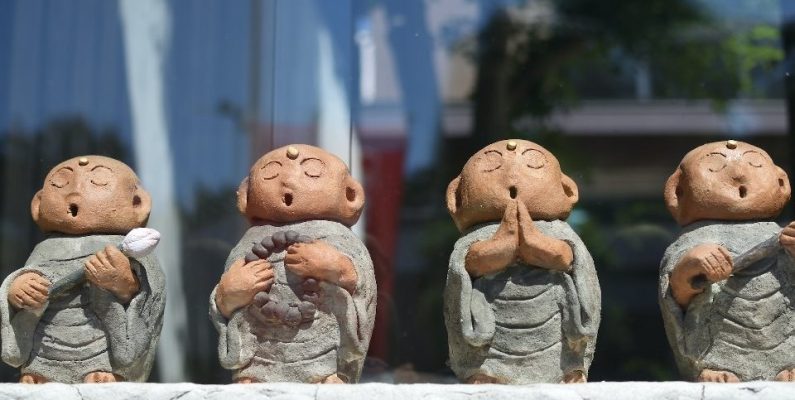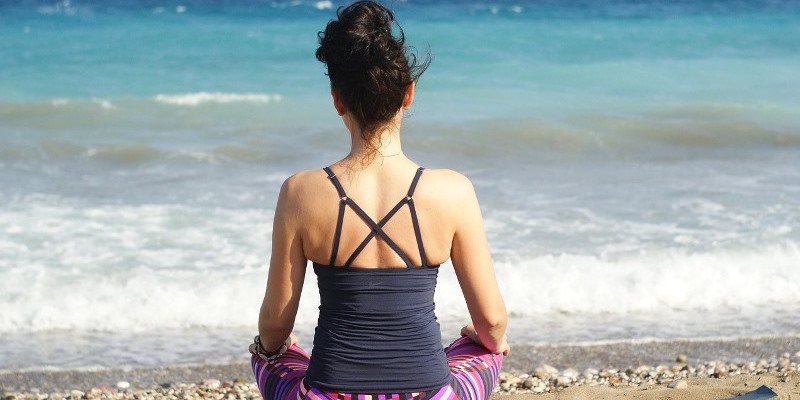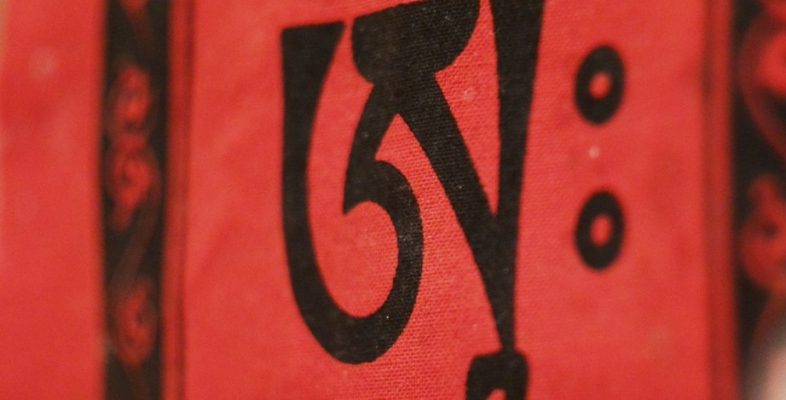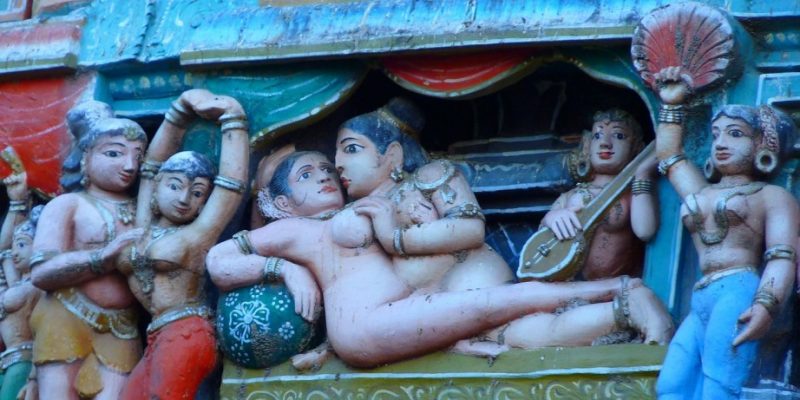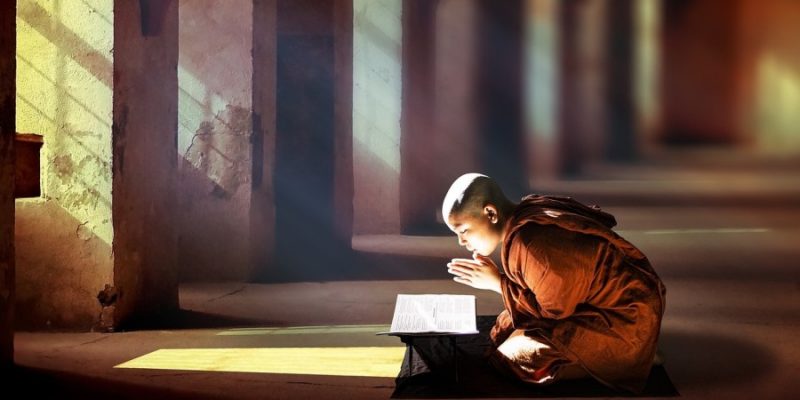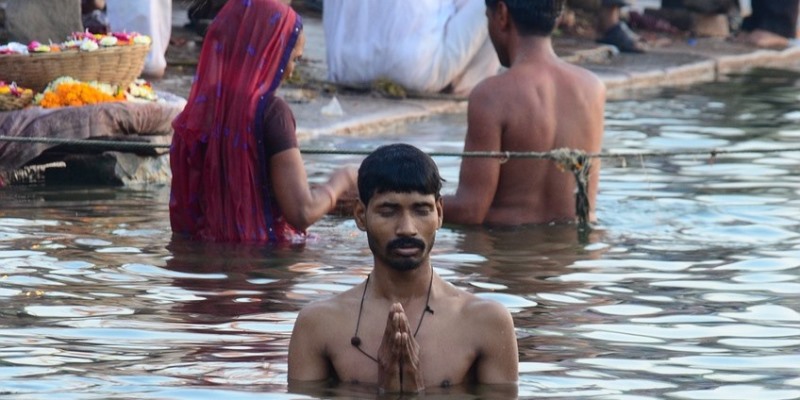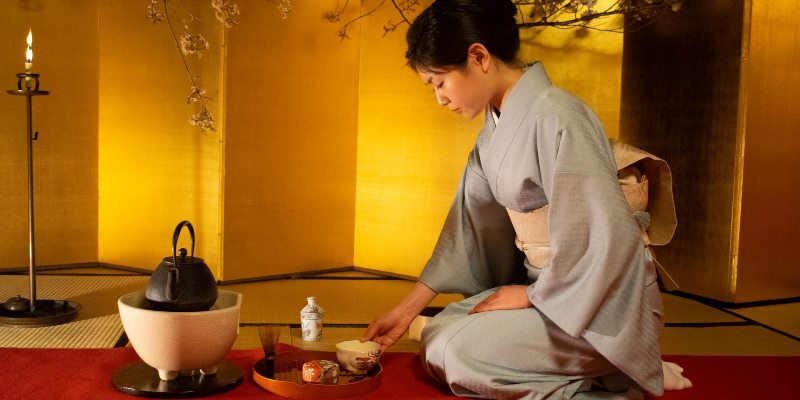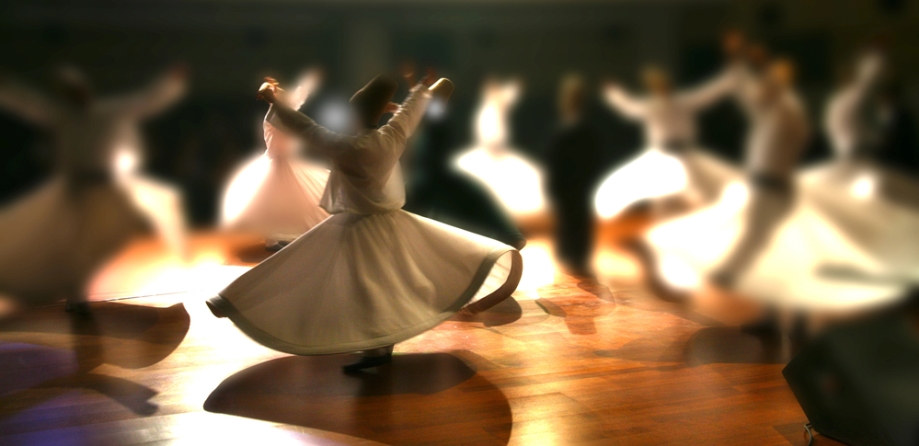
Body Prayer is an embodied emotional and mental practice, that involves praying with the participation of one’s body and bodily experiences. It’s a holistic somatic activity that integrates body, emotion, and mind in a devotional and spiritual act.
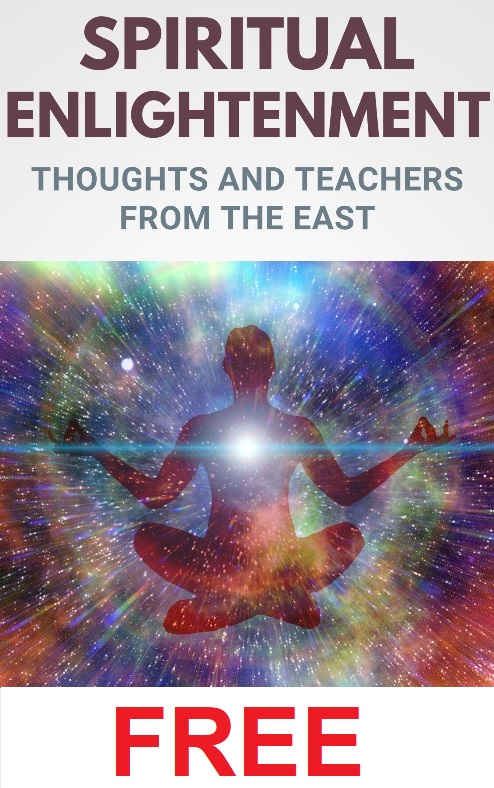
The Body Prayer activity is known in most spiritual lineages and religions, such as in Christianity, Islam, Shamanism, Judaism, and in Hinduism. There are many ways in which the body can participate in one’s mental and spiritual devotion; think of kneeling on the floor, standing, rocking and swinging, repeatedly bowing, closing the eyes, lifting the hands in the air, clasping the hands together, dancing, sitting in a certain pose or position, pacing, and so on.
Body Prayer can also be a bodily act performed with another person (or other persons) who’s praying together with you. This can take form as a prayer that is accompanied by hugging, embracing, dancing, moving rhythmically together, or holding hands. It’s thought that this can strengthen the power of our prayers.
In addition, Body Prayer can involve very particular, sometimes rather complex movements and body postures that accompany one’s prayer and devotion to the Divine. By the way, the Divine needs to be understood as God, any other Deity, the Universe, Nature, or whatever or whomever one is spiritually or religiously devoted to.

For instance, in Yoga and in Tantra, Body Prayer is aimed at spiritual awakening and Divine Union and includes a whole range of physical techniques, such as asanas (Yogic postures), mudras (Yogic gestures), bandhas (bodily postures or so-called Yogic muscle locks), pujas (worshiping rituals which includes bodily movements and activities), and pranayama (breathing sequences), among other practices.
In certain Tantric schools and lineages, this even extents to the ritual sexual union of man and woman — called Maithuna — which is performed to symbolize the energetic nondual unity of existence, that is, the Divine Spiritual Union of Shiva and Shakti. This may be accompanied by Yoni Worshiping and Lingam Worshiping ceremonies.
Apart from the examples mentioned above, you’ll find many more Body Prayer rituals across a variety of cultures and religions, such as praying and simultaneously counting the beads of some kind of rosary while letting them roll through the fingers (performed in various religions and spiritual movements), Sufi whirling (a God worshiping ceremony from Dervishes in the form of a dance that involves spinning one’s body in repetitive circles), or the Kinhin Walking Meditation in Zen Buddhism.

